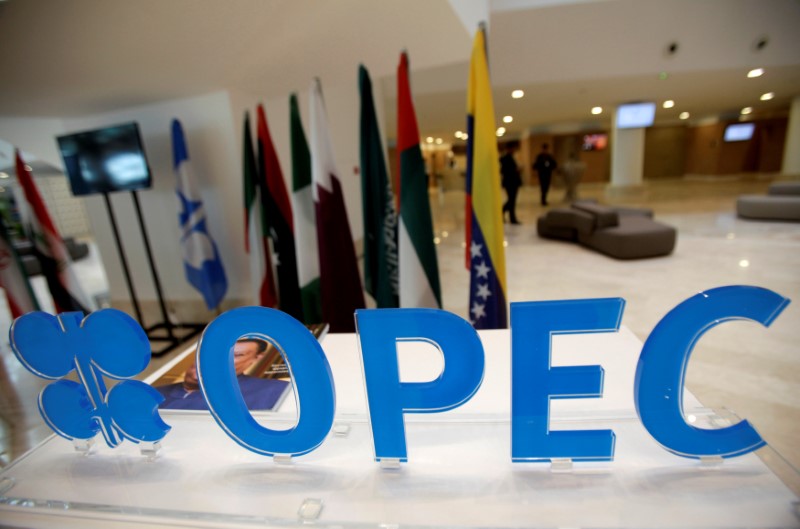By Keith Wallis
SINGAPORE (Reuters) - Oil futures retreated on Thursday as the market grew more sceptical on how OPEC would implement a plan to curb oil output a day after the group agreed to limit production.
Benchmark prices had initially extended gains made in the previous session following the decision by the Organization of the Petroleum Exporting Countries (OPEC) to reduce its aggregate output by 700,000-800,000 barrels per day (bpd), or to around 32.5 million to 33 million bpd.
But Brent and U.S. West Texas Intermediate (WTI) retreated from their highest levels in more than two weeks as the market began to focus on the lack of hard facts about the deal.
"Investors and traders are sceptical – with good reason. More cynical traders are questioning the complete lack of detail, including the potentially problematic question of which nations will curtail production," Michael McCarthy, chief market strategist at Sydney's CMC Markets, told Reuters.
OPEC said each member's output cuts will be decided at its next formal meeting in November, when an invitation to join the deal could also be extended to other producers such as Russia.
Goldman Sachs said the deal should add $7 (5.37439 pounds) to $10 to oil prices in the first half of next year, but added that longer term it was sceptical on the implementation of the proposed quotas.
Brent crude (LCOc1) had fallen 17 cents to $48.52 a barrel by 0646 GMT, after earlier climbing to a high of $49.09 when the market opened, its strongest since Sept. 9. Brent settled up $2.72 a barrel, or 5.9 percent, in the previous session.
WTI crude (CLc1) dropped 4 cents to $47.01 a barrel, after first hitting $47.47, its highest since Sept. 8. The U.S. oil rose $2.38, or 5.3 percent, on Wednesday.
"There is a lack of clarity and detail which is why people are taking profits," said Virendra Chauhan, oil analyst at Energy Aspects in Singapore.
Energy Aspects estimated the net effect of the production cuts would be around 400,000 bpd as output from Libya and Nigeria remained uncertain.
"A production freeze at a level that allows everyone to produce at or near maximum capacity will do very little to reduce the oversupply in the market," Peter Lee, oil and gas analyst at BMI Research, told Reuters.
Some support for prices came as U.S. crude stocks fell 1.9 million barrels to 502.7 million barrels in the week to Sept. 23, against analyst expectations for a 3 million barrel increase, data from the U.S. Department of Energy's Energy Information Administration showed. [EIA/S]
Inventories were expected to rebound after a big drop a few weeks ago, but instead stocks have continued to decline, along with imports.

U.S. inventories, however, still remain at historically high levels for this time of year, according to the EIA.